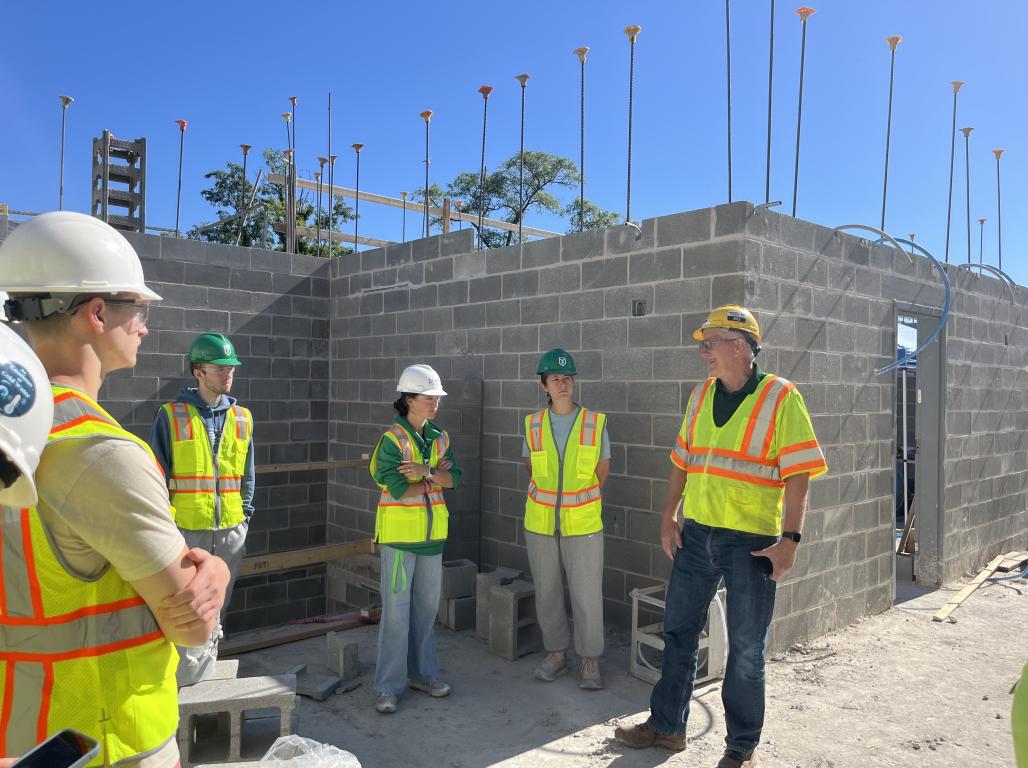York College and UPMC Celebrated the Opening of the UPMC Exercise Science Lab

Representatives from UPMC in Central PA and York College gathered recently for a ribbon-cutting ceremony for the UPMC Exercise Science Lab at York College.
A generous gift from UPMC in Central PA allowed York College to construct a Human Performance and Neuromuscular Control Laboratory (HPNC Lab) that will support experiential learning for students in the Exercise Science major as well as future academic programs in Rehabilitation Science and other Movement Sciences. The Lab, located in the Grumbacher Sport and Fitness Center, home to York College NCAA Division III athletic programs, will also be beneficial to student-athletes.
The HPNC Lab is part of the Dr. Donald E. and Lois J. Myers School of Nursing and Health Professions, led by Dean Emmanuel John, who spoke at the ceremony along with President Thomas Burns.
UPMC speakers included Michelle DelPizzo, President of UPMC Memorial, and Dave Gibbons, President of UPMC in Central PA.
Ed Westen, Director of York College’s Exercise Science program, described some of the equipment in the new lab.
The heart of the lab is two metabolic carts with associated bikes and a treadmill (manufactured by COSMED). These machines measure virtually every cardiorespiratory parameter. They can simultaneously measure oxygen consumption, carbon dioxide production, heart rate, cardiac output, blood pressure, oxygen saturation, and conduct a 12-lead EKG. They can calculate lactate threshold as well as the percent of metabolic rate that is being fueled by carbohydrates versus fats. They can do all of this at rest or at any level of either aerobic or anaerobic exercise.
The carts also measure the full range of pulmonary volumes and flows. They measure all the usual pulmonary function tests (PFTs), while additionally measuring pulmonary diffusing capacity and total lung volumes. These would be rare capabilities for an Exercise Science lab.
We also have an Edge Neuro-Training Board (made by Reflexion). This is a large rectangular LED board that contains drills that test quickness, response time, hand-eye coordination, short-term memory, visual recognition and decision-making, and spatial awareness. It can be used in clinical settings for things like monitoring stroke or concussion recovery. It can also be used (and was its original purpose) to train athletes to enhance each of the skills mentioned.
We have a 770 Body Composition Analyzer (made by InBody). This machine can calculate total body water, intracellular versus extracellular water, lean mass versus fat mass in five different body compartments simultaneously and in sum, among other things. It has a multitude of different teaching and research applications




